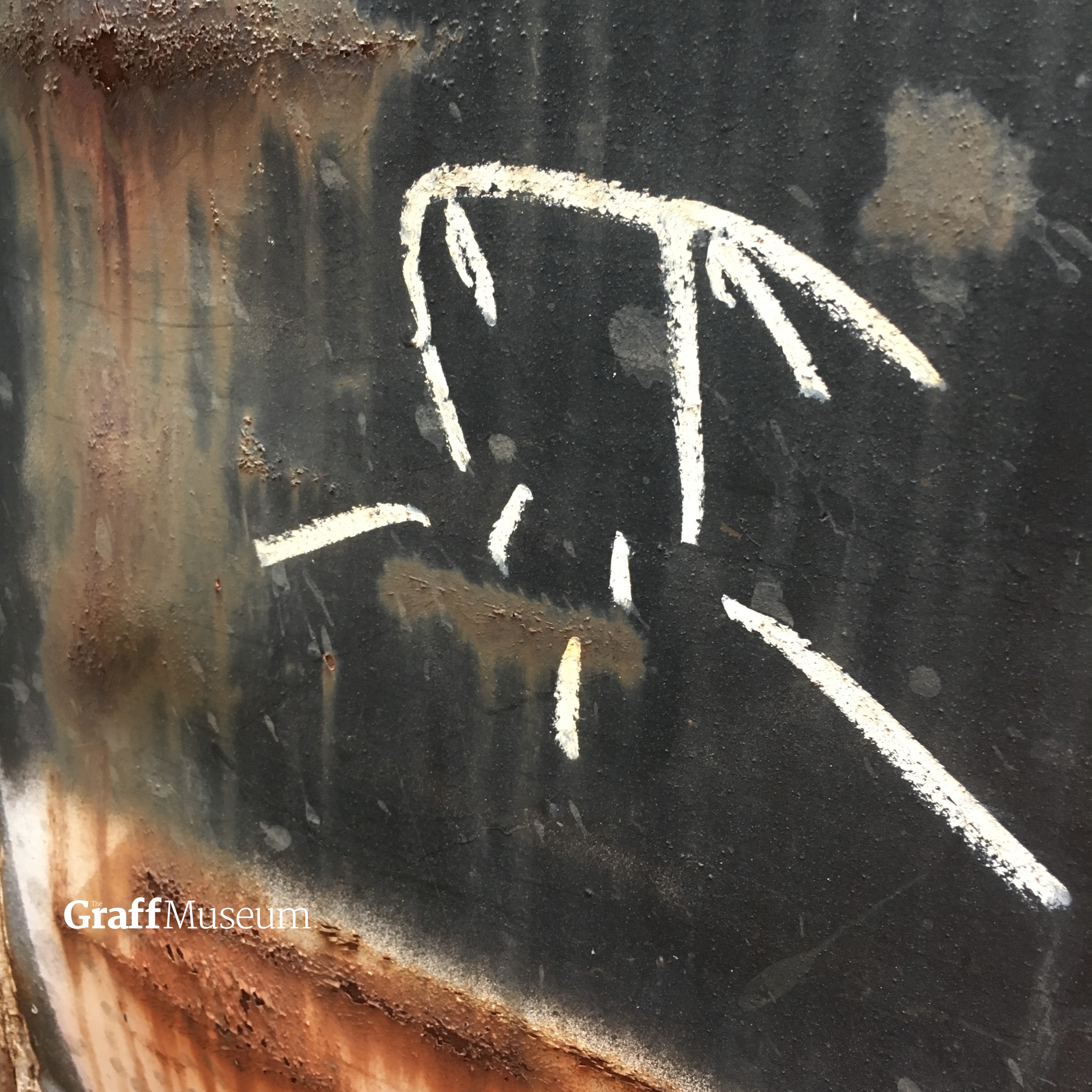
Monikers
Posted by Robert Hendrick on Sep 28th 2023
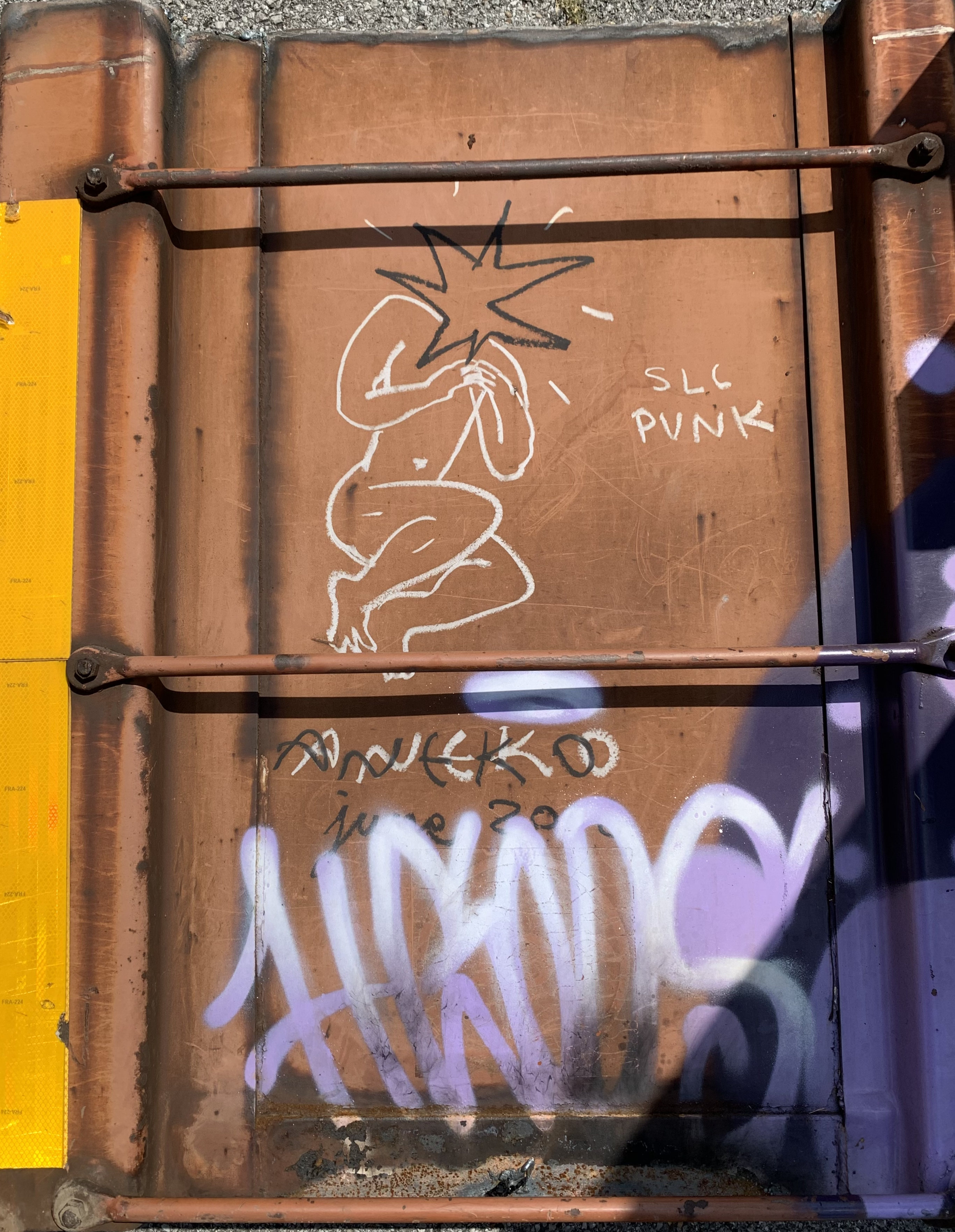
Catch the Art of Freight Vandalism on October 7 in Nashville at the next Graff Museum Open House.
Railroad freight graffiticomes in several different forms. Colorful spray-painted artwork composed of names and images represent some of the more well-known pieces among the civilian population. However, among graffiti writers and railroaders, the smaller monikers in grease bar remain equally familiar.
Aficionados of the art form refer to these rather subtle artworks by a number of different names including streak, tag, hobo art and the previously mentioned moniker. Sometimes simple, sometimes elaborate, they are widely appreciated by graffiti writers and railroaders alike, although some railroaders might add vandalism or other more expletive ridden epithets to the list of titles.
TOO MANY TO COUNT
Monikers overwhelmingly comprise the largest portion of freight art due to their small size and ease of execution. You can find a dozen or more nestled in the rungs of the ladders at each corner of a car and tucked away within larger masterpieces in any blank spot on a railcar.
Tags cover the well cars - those low-slung rolling stock for transporting intermodal containers. Tankers, autorack carriers and anything that rolls count as fair game among the graffiti crowd. Perhaps locomotives mark the only exception. Writers tend to steer clear since railroad personnel tend to be near engines.
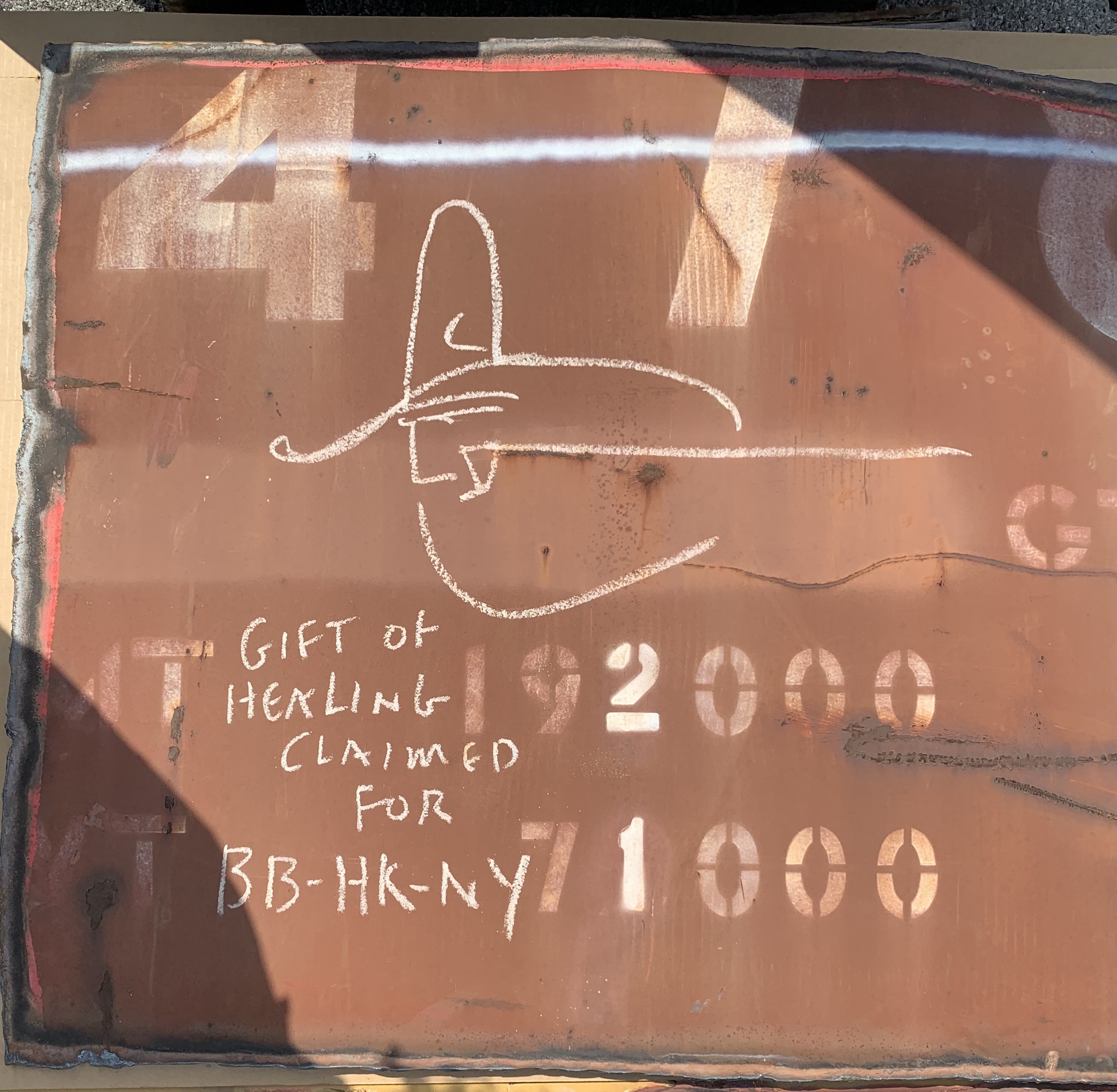
But as with everything in the graff world, there are no hard and fast rules that every player abides by.
Some streaks are simply an “I was here” marking or a chance to test out a particular color of spray paint. Often the work of folks who do not wield a spray-paint can, the number of moniker writers is immense. It’s not uncommon to see an instance of a particular moniker only once and never see that writer appear again. Others are far more prolific.
See a selection of monikers and other freight graffiti:October 7, 2023 at the Graff Museum
WHO WRITES MONIKERS
Their authors may be train fanatics (also referred to as foamers). They may be members of a crew who don’t paint but serve as a lookout or someone simply there to bear witness to or document the process.
Some of the more well-known include Colossus of Roads, Cat in the Hat, The Kodak Kidd, and even well-known wielders of spray-paint like ICHABOD enjoy a robust number of streaks to their name.
As far as getting up, names like CREAK, Deuce-Seven, Jeatmix, Tex Goth and The Solo Artist represent just a few examples of some of the more prolific and best known in recent times.
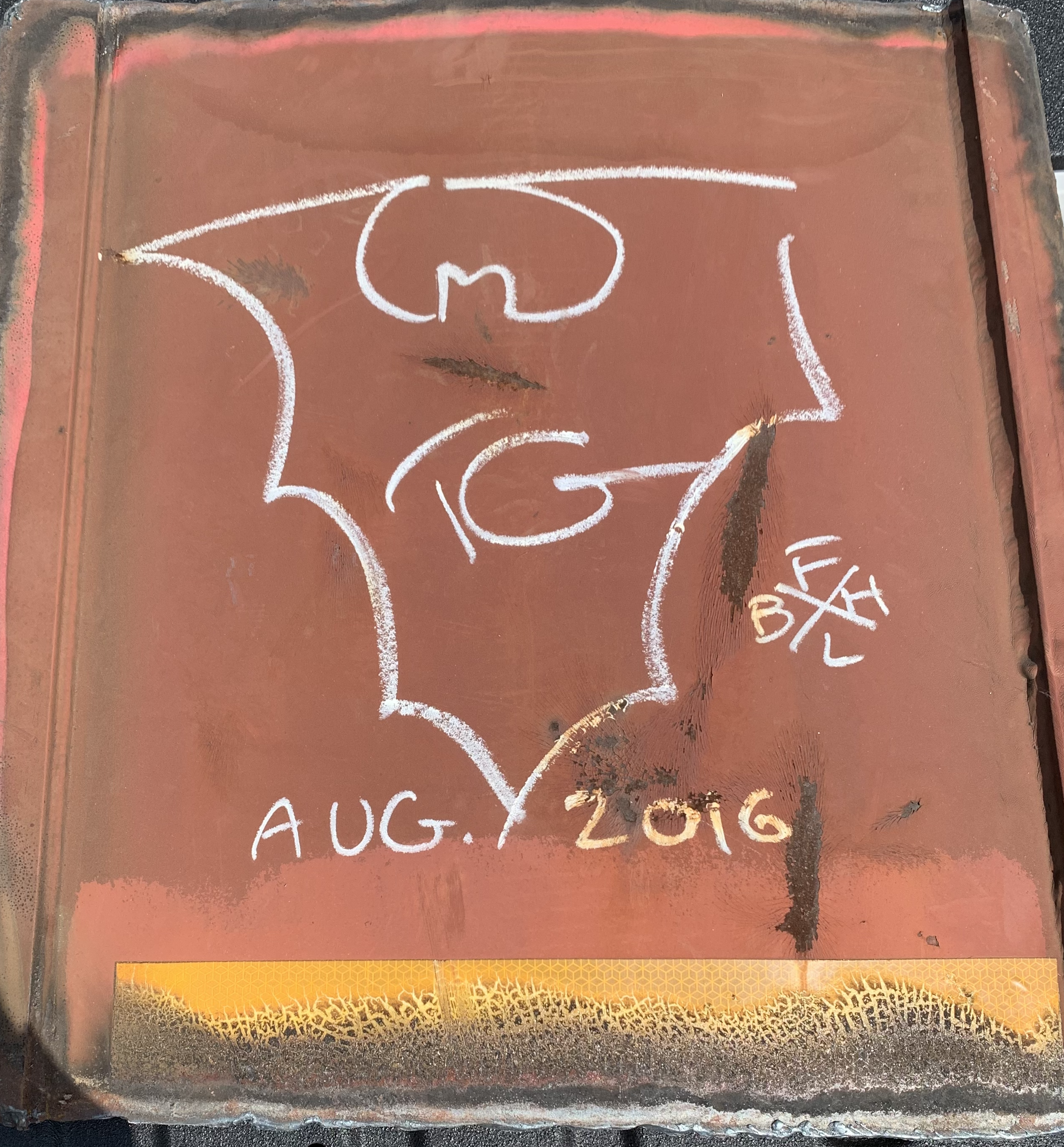
Those in the graff and railroad communities revere a host of older, highly respected and retired or passed away artists. The familiar image of Herby, a sombrero wearing figure sleeping beneath a palm tree, has almost disappeared from the tracks these days, but can still be found in a select few private collections and derelict boxcars tucked away from public view.
WHERE TO SEE THEM
Safety First. Don’t go to the local rail yard to catch these.
Trackside viewing is a bad idea.
First off, these works of art are diminutive in size. As a train rolls by, the monikers are all but impossible to spot. On top of that, what you might get a chance to see is hit or miss. And most importantly, let’s not forget the dangers of being in and around the tracks and the legal implications.
Instagram offers a substitute to live viewing, and typing #moniker into the search can open up a whole new world of art if you have not gone there before.
But if you want to see them SAFELY and IRL, and there are places to catch them up close and in person without risking life and limb.
Black Butte in California hosted a show dedicated to moniker art in 20XX. The quaint little museum tucked away in a remote northern California town offered up a selection of works that drew quite the crowd – many arriving by way of an illegal ride on a freight train to attend.
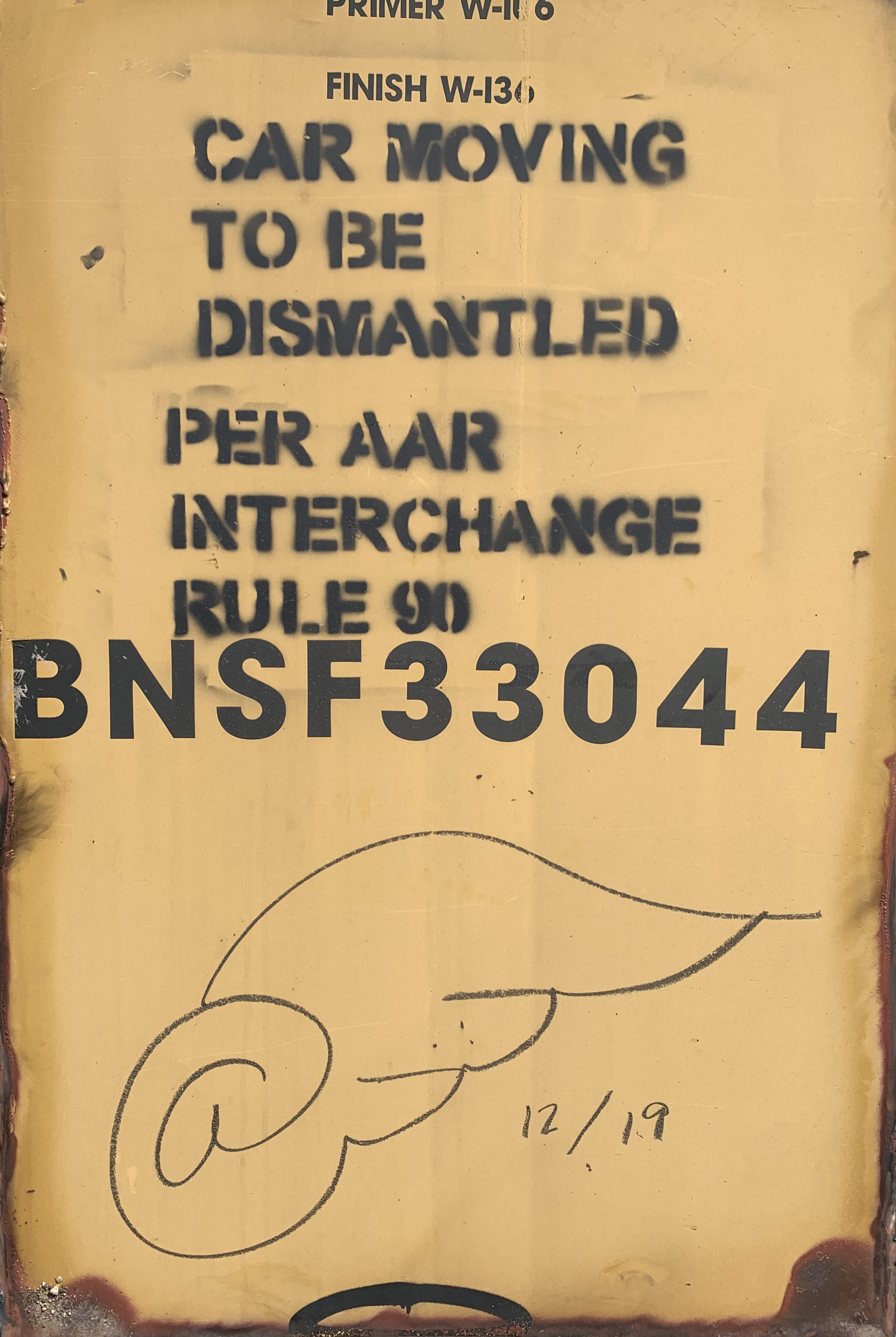
The Graff Museum in Nashville, Tennessee hosts a small and growing collection of monikers best seen during their quarterly open houses (next one October 7, 2023).
The occasional hush hush event takes place for Buzz Blurr (aka Colosus of Roads). Usually those in the graff community are privy to the event long before it becomes public knowledge. Like the masterpiece writers, the moniker people play things close to the chest and do their best to avoid the authorities for fear of reprisal.
ORIGINS
Scribbling on a railcar began with hobos. While some of them could be of the “I was here” type of moniker, the early markings served a purpose for communicating between the illegal travelers of the rails.
And those early markings extended beyond the railcar to fenceposts and signs just like modern graffiti. Those monikers could denote places where there existed a dog to beware of, or a sympathetic woman who was apt to hand out a meal to a weary vagabond.
LOST FOREVER
The industry engages in the active elimination of this type of art – either by painting it over or when the car goes to scrap at the end of its life. You won’t catch many railroaders crying over the systematic destruction of these works as cars come out of service and head to scrap although there are a few in the industry who appreciate the scribblings.
Much of the older monikers have gone by the wayside with the constant renewal and turnover of railcars. Interchange Rule 90 establishes the accepted life span of railcars at 40 years. After that, according to American Association of Railroad standards, the car must be scrapped. Certain components can be harvested and reused, but the main housing of the car pretty much heads to the scrap heap. All the Class I railroads - Union Pacific, CSX, BNSF, NS, CP and CN follow the AAR guidelines.
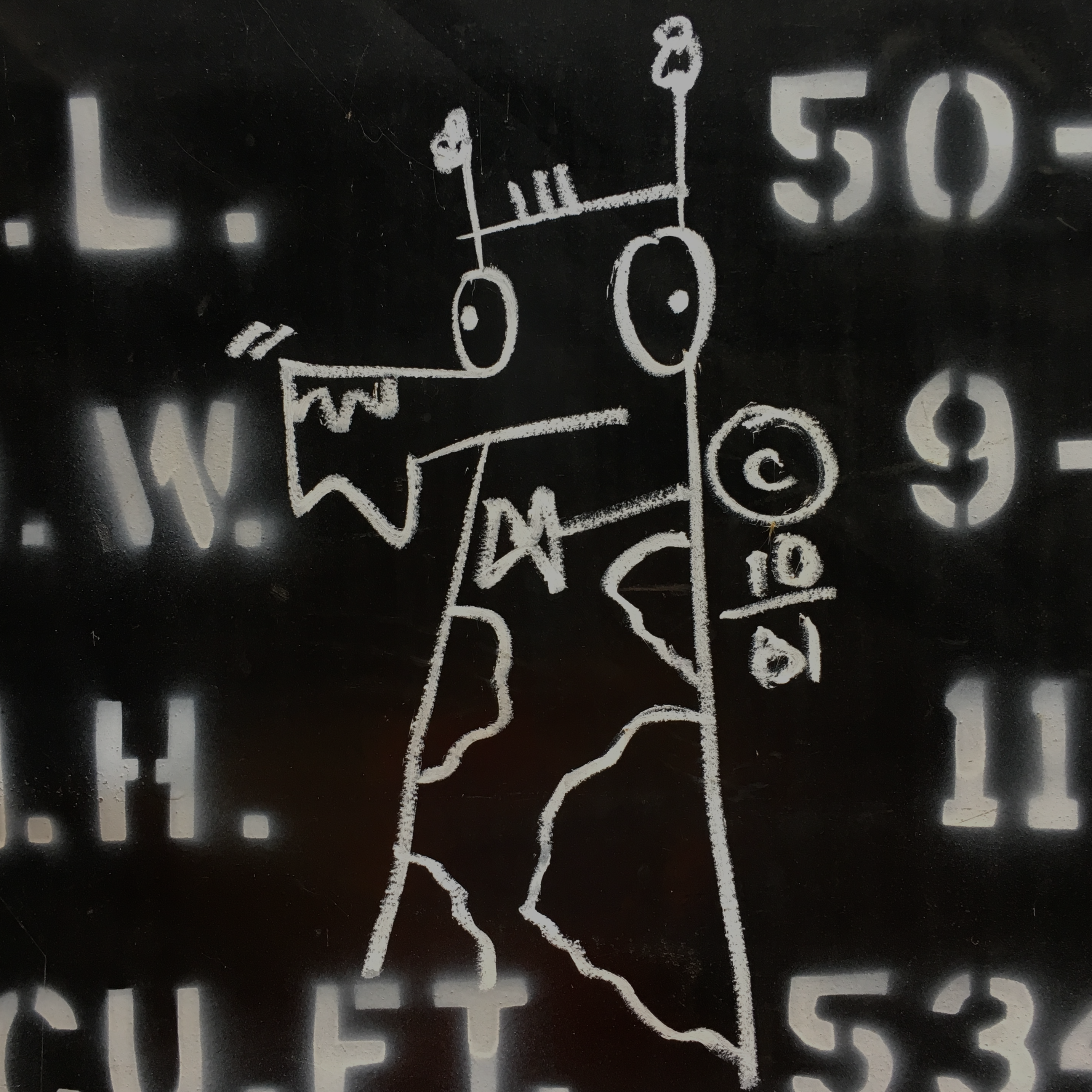
Rule 88 extends that 40-year period to fifty years for certain cars.
There are great resources on the history of hobo markings that make up the modest origins of freight monikers. Maybe we’ll hit that in depth in a later post one of these days.
SELFISH OR UNSELFISH
Monikers are a niche art form appreciated by and large by insiders – those in the graff community and to a lesser extent, members of the rail industry.
These artworks are original Americana folk art at its best.
The artists create them knowing they have a finite life span. They make these drawings for the benefit of themselves and others in the graffiti community.
To the railroad industry it represents an entirely selfish act of putting someone’s mark on something they do not own.
For the artist, it is more unselfish – a project thrown out to the world for the free benefit of writers and railroaders. They possibly never see the work again, and they create with the knowledge that it is destined for certain destruction within forty to fifty years if not within a matter of days.
However you view it, monikers comprise a rich part of railroading history from hobos to aerosol wielding vandals. We’re preserving a very small slice of it every day.
